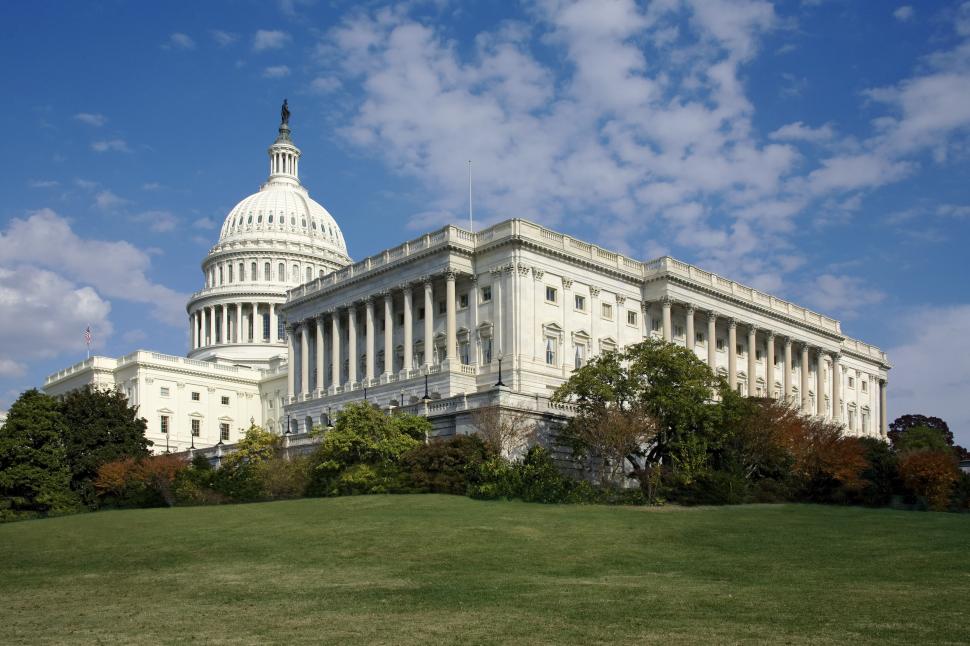The federal government distributes grants for over $700 billion dollars a year to not-for-profit organizations and state and local governments across the country. This money is used for everything from fixing potholes to Coronavirus vaccine research. Providing proper oversight for hundreds of billions of dollars distributed to thousands of entities a year is as difficult as it is important, and in 2019 an important step was taken to improve the process. On December 30, 2019, The Grant Reporting Efficiency and Agreements Transparency (GREAT) Act of 2019 was signed into law in an effort to provide greater transparency and streamline the reporting process for federal grants. The Office of Management and Budget (OMB) has until December 2024 to fully implement the changes brought by this new piece of legislation.
The Current State of Grant Reporting
Legislation passed in 1984 requires that governments and nonprofits that spend more than $750,000 annually must submit audited financial statements to the federal government, and in 2016 the federal government began publishing these documents. But searching through the Federal Audit Clearinghouse, the database that currently publishes these audits, makes it clear that there is room for improvement. Published documents can be hundreds of pages, making the review process for any human reader long and tedious. They are also in PDF format, which rules out the possibility of an effective automated review process. Congresswoman Virginia Foxx put it best when she introduced the GREAT Act, saying “Without updating the way we process grant reports, in many ways we might as well be still operating with a typewriter and a fax machine and Wite-Out”.
The GREAT Act builds on the existing reporting framework by ruling that financial statements “render information reported by recipients of Federal awards fully searchable and machine-readable”. Following the model set by the Securities and Exchange Commission (SEC) to modernize financial reporting in corporate finance, the OMB will adopt XBRL as the machine-readable format. The OMB has until December of 2022 to create a taxonomy, after which federal agencies will have one year to adopt the standards and issue guidance to grant recipients. The taxonomy will provide government-wide data standards for information reported by grant recipients in order to streamline the reporting process. A standardized, machine-readable reporting process means that recipients will only have to submit their information once, instead of creating a new PDF for every federal agency that recipients report to.
Better Oversight, Better Decisions
Aside from streamlining the reporting process for grant recipients, the GREAT Act also seeks to streamline the oversight process for the federal agencies that recipients report to. The adoption of machine-readable data means that regulators can review audits faster and easier. Instead of going over long PDFs for each grant recipient, agencies will be able to leverage XBRL to look for accounting inconsistencies, identify grantees that are performing above or below expectations, and to look for trends that may affect an agency's goals. Ensuring that there is a single taxonomy that is recognized across the federal government also ensures that communication between agencies is uniform and simple. Allowing agencies and regulators to make data-driven choices is a significant step in increasing efficiency in the federal grant process.
Of course, government regulators and agencies aren’t the only ones who are concerned with how grant money is given out and spent. The GREAT Act specifies that all recipient reported data is to be published on a single public website. Journalists researching a story, or private citizens looking to see how federal money is being spent can access the same data that the federal government sees. Just as federal agencies can leverage the improvements being introduced to make better decisions on specific grants, citizens can use the same information to become better informed and more involved. After all, with over $700 billion being spent annually on federal grants, no one in the country is completely unaffected.
The Grant Reporting Efficiency and Agreements Transparency Act provides a great opportunity to improve government oversight and transparency. The extent to which the reporting process is improved now depends on how the OMB implements the regulations and forms the taxonomy. While there is still a long way to go and many important decisions to be made, the GREAT Act is certainly a step in the right direction for efficiency and transparency in the federal government.
If you want to feel confident about meeting your reporting needs, contact us to learn about how we can help.





